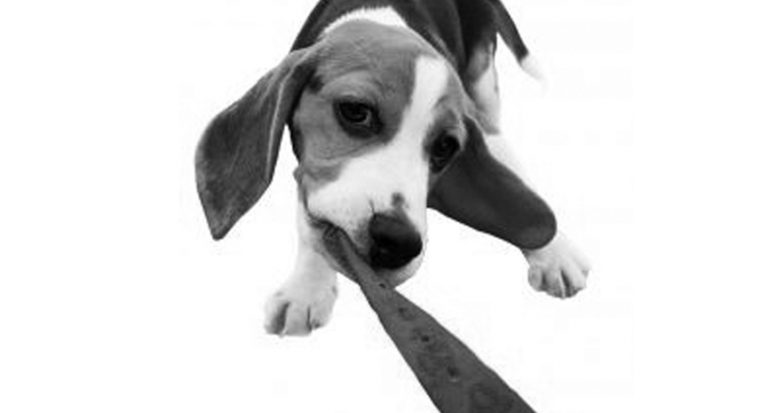As the crisp chill of autumn descends upon us, blanketing the world in warm hues of amber and crimson, we eagerly embrace the changing leaves, don our coziest sweaters, and prepare for a series of cherished holidays. Yet, amidst the excitement, we must also remain vigilant about the unique hazards that this season presents for our cherished canine and feline friends.
Autumn’s falling leaves, while beautiful, can hide dangers such as toxic plants and mushrooms that might intrigue curious pets. Chillier weather may demand extra care to keep your furry pals warm, and holiday festivities introduce potential hazards like chocolate, turkey bones, and holiday plants.
To ensure the safety and well-being of your adorable pooch and kitty, our pet magazine offers expert advice, heartwarming stories, and invaluable tips.
Winterize Your Pet’s Safety: Top Hazards to Avoid in Fall and Winter
- Antifreeze – Every year more than 10,000 dogs and cats are accidentally poisoned with automotive antifreeze. Pets are attracted to the sweet taste of ethylene glycol and one to two teaspoons will poison a cat and three tablespoons is enough to kill a medium size dog.
- Allergies – Fall weather can bring about all whole new set of allergies. Ragweed and mold are two big aggravates, along with grass and dust. Look for signs like scratching, biting, chewing, sneezing, coughing, watery eyes, and hives and rashes.
- Arthritis – Cold weather can lead to arthritis caused by inflamed joints. If your dog or cat is limping, having trouble moving, jumping, or sitting, moving slower than usual, or whimpering when he moves, he may be suffering from seasonal arthritis.
- Mushrooms – All mushrooms are toxic to dogs. Always watch for mushrooms in areas where you walk your dogs or where they run and play. Be especially cautious of parasol-shaped mushrooms and all small brown mushrooms.
- Compost Pile – Your compost pile in your backyard is also dangerous to your pet. The decomposing organic material could contain mycotoxins that can cause hyperthermia, agitation, excessive panting or drooling, and even seizures.
- Rodenticides – In fall and winter, mice and rats come flocking indoors to warmer surroundings. Putting out rodenticides will get rid of rodents but could also be fatal to your pooch and cat.
- Candy – Everyone knows that chocolate is toxic to dogs, especially the baking variety, but so are raisins and the sugar-free sweetener xylitol. Wrappers and sticks from lollipops can also pose a threat causing intestinal blockages.
- Holiday Feasts- You may have the urge to share your yummy feast with your pet. This is OK in moderation. Avoid fat and fatty foods that can trigger pancreatitis in dogs and cats, and never feed your dog poultry bones. They easily splinter and break and can cause serious damage if swallowed.
- Cold Weather – Chilly temps can also pose a threat to your pet. Indoor animals don’t develop a thick double coat like outdoor pets and should not be left outside unattended for extended period of time. Consider buying a sweater for your dog for walks or booties to keep his paws safe from ice and rock salt.
- Decorations – Thanksgiving and Christmas decorations can all be dangerous to your pet. Ornaments, tinsel, plants, costumes, and other decorations should all be kept out of your pet’s reach.
- Plants – Although beautiful, some holiday plants are toxic to dogs. You should avoid holly, amaryllis, mistletoe, poinsettia, Christmas cactus, American and European bittersweet, chrysanthemum, Christmas rose, Jerusalem cherry, autumn crocus, and burning bush. They can cause vomiting, diarrhea, depression, lack of appetite, tremors, belly pain, difficulty breathing, shock, organ damage, slowed heart rate, collapse, and even death.
- Poinsettias may irritate your cat’s mouth, causing excess salivation; may also cause nausea and vomiting.
- Mistletoe can cause diarrhea and lethargy.
- American Mistletoe can result in difficulty. breathing, severe irritation to digestive tract, excessive thirst, unsteadiness.
- Holly may cause vomiting, diarrhea, anorexia, hyper-salivation, headshaking or lip-smacking.





